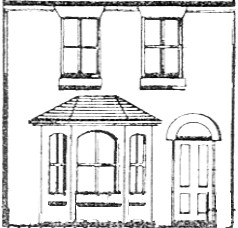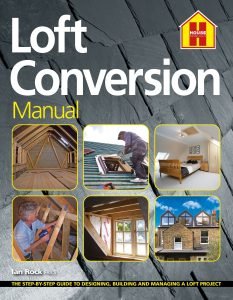Care & Repair
Working with lime mortar

Here’s some good advice from long-established specialists in lime – St Astier
Mortar
Plastering in hydraulic lime mortar normally consists of two or three-coat work. Lime plaster made with feebly or moderately hydraulic lime and sand is the basis for this guide. This type of lime sets and hardens predominantly by an hydraulic set and re-absorption of Carbon Dioxide from the air. By its nature the drying and absorption process is slower than gypsum plasters, therefore lime plaster curing should not be hurried allowing approximately 3-5 days per coat depending on the hydraulic lime used.
Background
When applying Lime Plaster on the hard, the background will normally be brick or stone. The surface should be clean, free from dust and any organic materials such as lichens etc. Test the surface of masonry backgrounds for dust by applying a piece of masking tape to the background and immediately remove, examine the sticky side for traces materials that may affect the bond between the plaster and the wall.
Internal walls can be uneven and rough, often with areas that have been altered. Different background conditions are therefore common and this needs to be addressed before plastering.
Deep holes, wide joints or pockets should be dubbed out in thin layers of mortar with pinnings tightly bedded in mortar, keyed and left to cure. The aim of preparing the background should be to achieve a surface that can take a first coat of consistent thickness, and to provide an adequate key for this first coat. The quality of preparation work is vital to the quality of the finished job. Suction between the first coat and the wall (and between all subsequent coats) is the primary means of bonding although a physical bond is also important. Different materials have different levels of suction, so for instance where a door way has been knocked through a stone wall and the edges built in brick, the brick may well have a different level of suction to the stone. Understanding and controlling suction is important for successful work.
Lath & plaster
For wood lath and plaster work, laths should be fixed by butt and break joints to joists or battens securely fixed back to wall or ceiling, with gaps between the laths of approx, 8 – 10mm . The support battens or ceiling joists should be spaced so that the lath does not give unduly in the centre. Wide spacing of battens or joists may require intermediate support or thicker laths. Sawn or riven laths (traditionally hand made) should be thoroughly damp before fixing. Dry laths swell when wet mortar is applied to them, sometimes causing the laths to bow in or out.
Nails for fixing laths should be thin shank to avoid splitting the ends. Building paper and insulation is occasionally placed between laths and outside walls to comply with current building control requirements, this will have an effect on the drying rate and prevent proper rivet formation when fixed hard against the back of the lath. If building paper and insulation are essential, use moderately (NHL 3.5) or eminently hydraulic lime (NHL 5) for the first coat as they have faster natural sets, maintaining at least a 20mm gap between the paper and the lath.
















